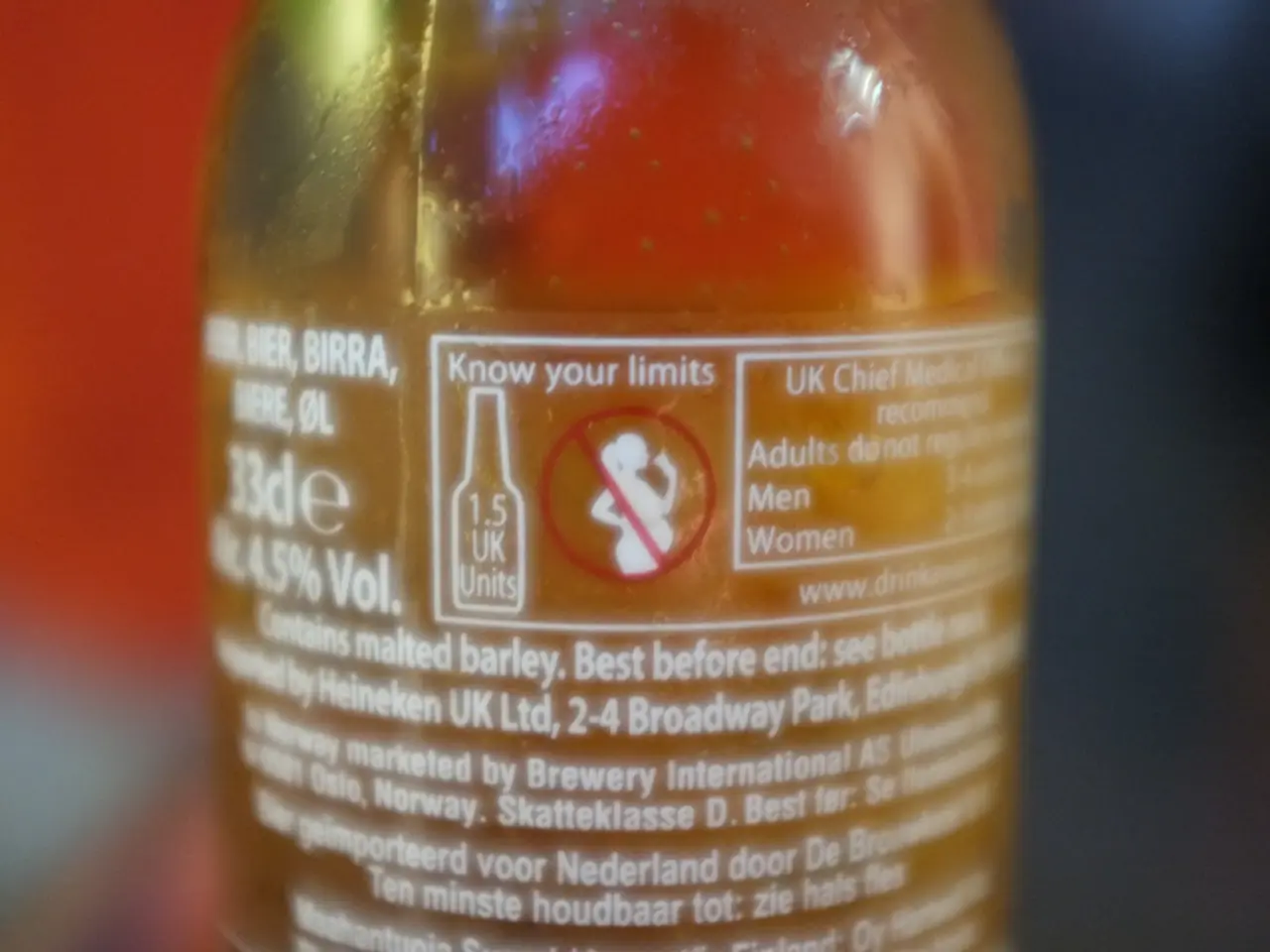Medicinal Regulatory Authority endorsement granted for elinzanetant, aimed at alleviating hot flashes associated with menopause
## Breakthrough in Non-Hormonal Menopause Treatment: Elinzanetant Approved by MHRA
The Medicines and Healthcare products Regulatory Agency (MHRA) has made a significant stride in menopause care, approving a new non-hormonal medication called elinzanetant (Lynkuet) for treating moderate to severe vasomotor symptoms associated with menopause. This groundbreaking development offers a new treatment option for those who may not be able to, or prefer not to, take hormone-based therapies.
Elinzanetant, a selective neurokinin-3 receptor antagonist, has demonstrated efficacy in large-scale clinical trials. It works by calming signals in the brain to help regulate body temperature and alleviate hot flushes and night sweats, symptoms that can have a significant negative impact on quality of life.
### How Elinzanetant Stacks Up Against Other Treatments
While elinzanetant is the latest addition to the non-hormonal treatment landscape, it is not alone. Other pharmacologic options include Selective Serotonin Reuptake Inhibitors (SSRIs) and Serotonin-Norepinephrine Reuptake Inhibitors (SNRIs), anticonvulsants, and anticholinergics. These treatments, some of which are used off-label, show varying degrees of efficacy in reducing hot flashes and night sweats.
In addition to pharmacologic treatments, lifestyle and behavioral interventions, such as regular exercise, dietary modifications, smoking cessation, cognitive behavioral therapy (CBT), and hypnosis, have demonstrated benefits in easing menopausal symptoms. These approaches are increasingly recognized as important adjuncts to pharmacologic therapies.
### Safety Measures and Reporting Side Effects
The MHRA will continue to monitor the safety of elinzanetant as it becomes more widely used. Side effects of elinzanetant can be found in the Patient Information Leaflet (PIL) or the Summary of Product Characteristics (SmPC), which will be made available on the MHRA website within 7 days of approval. Anyone experiencing side effects from elinzanetant is advised to speak with their doctor, pharmacist, or nurse, and report it directly to the MHRA Yellow Card scheme through their website or mobile apps.
### A Rapidly Evolving Field
The field of menopause care is rapidly evolving, with a focus on targeted therapies and personalized care to improve quality of life during menopause. Beyond elinzanetant, other promising developments include fezolinetant, another neurokinin-3 receptor antagonist, and the experimental intervention of stellate ganglion block.
As the landscape of non-hormonal treatments for menopause continues to expand, women can look forward to more options and improved care for managing their symptoms effectively.
Science and health-and-wellness sectors have seen a significant advancement with the approval of elinzanetant (Lynkuet) for clinical trials in womens-health, specifically for menopause treatment. This new non-hormonal medication, recognized by the MHRA, offers an alternative to those who prefer to avoid hormone-based therapies or find them ineffective.




